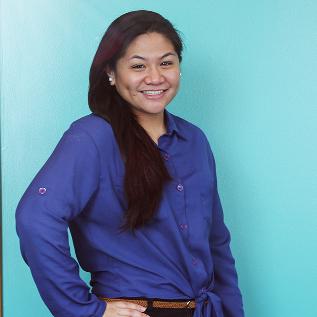Instructional Practices Presentation
Published on Nov 18, 2015
No Description
MORE DECKS TO EXPLORE
PRESENTATION OUTLINE
Objectives
- Describe the importance of teacher behavior with instructional practices.
- Understand the various types of teacher behavior in conjunction to student achievement.
- Be able to identity key themes in structuring the learning environment as psychologically safe and friendly.
Photo by photobookgirl
3 Basic Rules for Competent Teachers
- You must know why you have selected a particular strategy.
- Basic teacher behaviors create the conditions needed to enable students to think and to learn.
- The effectiveness with which a teacher carries out the basic behaviors can be measured by how well the students learn.
Photo by Daniel Kulinski
Structuring a psychologically safe, learning environment
Photo by Stuck in Customs
What may affect student learning
- Attend to the organization of the classroom as a learning laboratory.
- When you create classroom rules and expectations, ensure that it is clearly understood.
- Avoid negative criticism.
- Be cautious with the use of praise.
- Using techniques such as think-pair-share helps develop student meta cognition
Photo by tk-link
Resource 1: Examining the Relationship Between Teacher’s Instructional Practices and Students Mathematics achievement.
Photo by Julien Haler
Resource 1
- In regards to techniques, this study wanted to examine the relationship between instructional practices and student achievement.
- This study and previous research exhibited that these two instructional practices is beneficial to students’ mathematics achievement.
Photo by transmediale
For Teachers:
- Communicate clearly to parents and guardians, administrators, and colleagues.
- Communicate to students that the accomplishment of learning goals and objectives is a responsibility they share with you.
- Plan exploratory activities that engage students in learning.
Photo by grace_kat
Overlapping (or multitasking) is the ability to attend to several matters simultaneously.
These behaviors are distinct, but relate to one another.
Photo by eschipul
For overlapping:
- Attend to the entire class while working with one student or small group of students: by eye contact, hand gestures, or body positions.
- Continue monitoring the class during any distraction, even when a visitor enters the classroom.
Photo by TESS-India
Withiness – it is the teacher’s awareness of the whole group.
Photo by AlicePopkorn
For Withitness:
- Avoid spending too much time with any one student or group.
- Avoid turning your back to the students or a portion of the classroom.
- Move around the room, not sitting at your desk.
Photo by knittymarie
Teacher modeling:
- Be prompt in returning student papers and offer constructive feedback.
- Arrive on time at the class hour.
- Demonstrate respect for all your students if you expect the same courtesy.
Photo by MikeVC
Using silence when:
- Actively listen when a student is talking.
- Keep silent when students are doing coursework while you move around the class.
- Pause while talking to allow thinking and reflection.
Photo by Old Shoe Woman
Resource 2:
What Happens When First Year Teachers Close their Classroom Doors? An Investigation into the Instructional Practices of Beginning Teachers.
Photo by Gunjan Karun
Resource 2:
- So what do all these behaviors mean to us as future teachers?
- It asked whether the teachers were using the instructional strategies they learned in their teacher preparation program.
- Yes, but not all.
Photo by kenteegardin
Directions:
- Classroom desks arranged in a large circle.
- A smaller, inner circle will be arranged with four chairs.
- Those sitting in the inner circle are in "the fishbowl."
Photo by sickmouthy
Rules:
- Those in the fishbowl have the task of discussing a topic from the presentation, while the rest watch.
- Any students in the fishbowl, after having contributed, may leave their seat.
- Those who haven't been in the fishbowl must take the empty seat and contribute.
- Ends after all have taken a turn.
Photo by jzawodn
